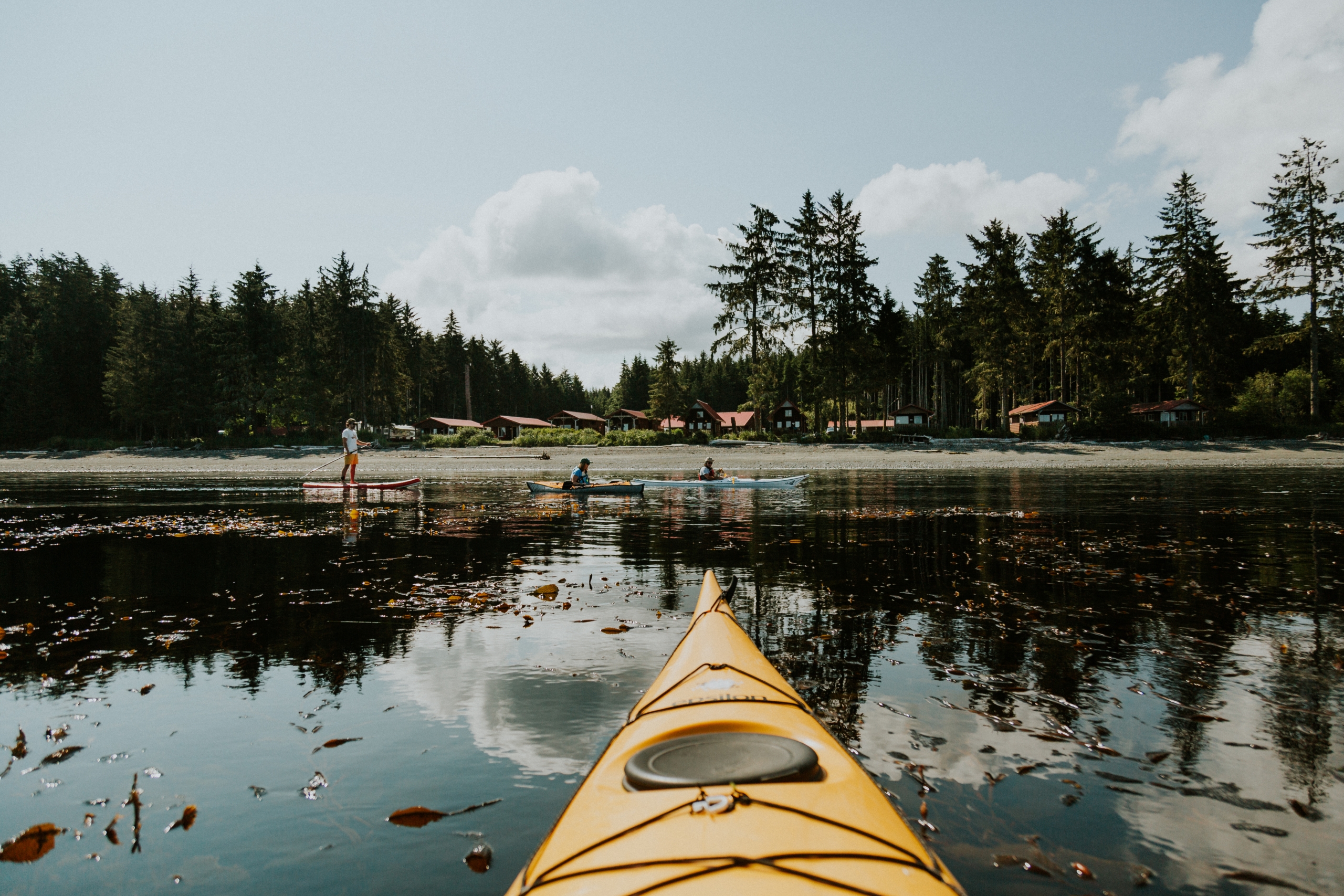Cheam Fishing Village and Campground


By Indigenous Tourism British Columbia

Direct experience with nature is all the medicine you need to keep on the adventurer’s path. With spectacular settings ranging from sage-filled desert to salty-shored coastline, camping in Indigenous British Columbia is the lap of luxury.
From dome glamping to teepee camping, the best places to camp in British Columbia are Indigenous-owned.
Soothe your soul and seek the unknown.
Land-based activities such as fishing, hiking, and kayaking combined with outdoor accommodations and connect with Indigenous locals.
Learn more about Indigenous-owned campgrounds, RV parks, and cabins, and make your camping reservations.

Learn more about Indigenous-owned campgrounds, RV parks, and cabins, and make your camping reservations.










































